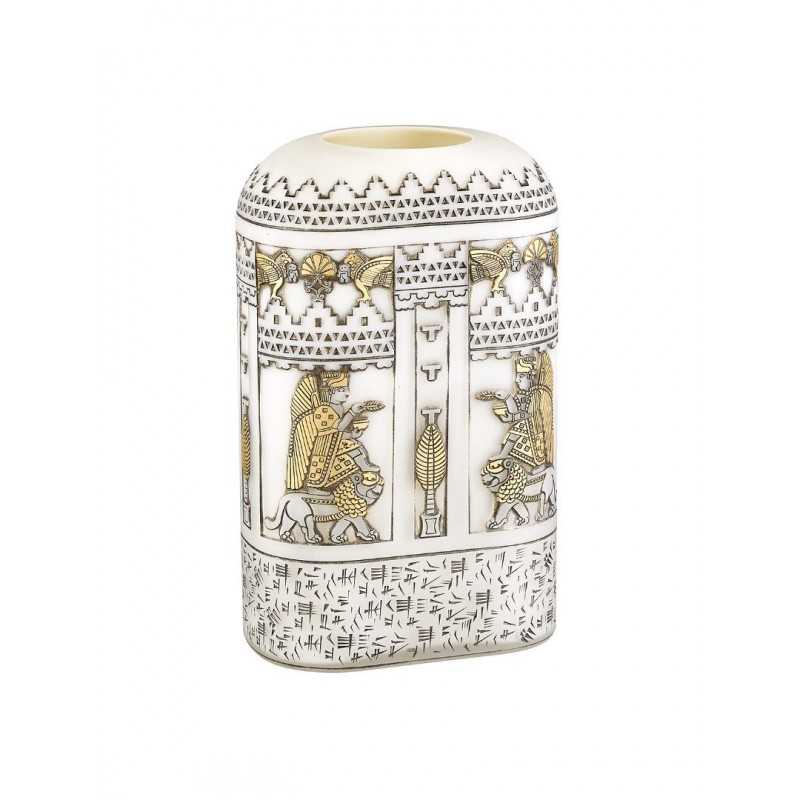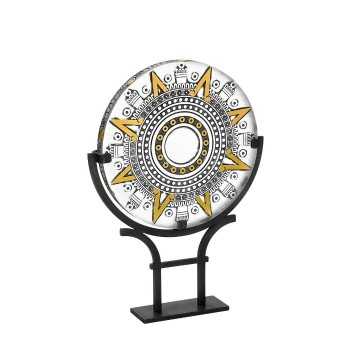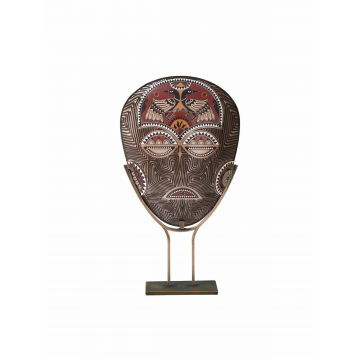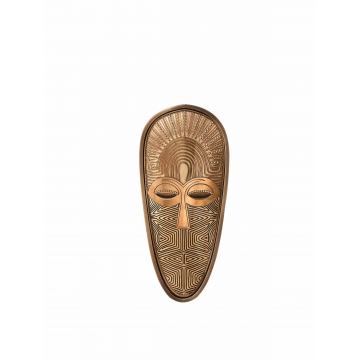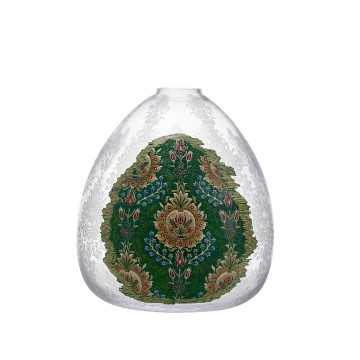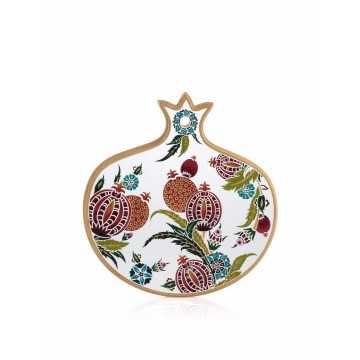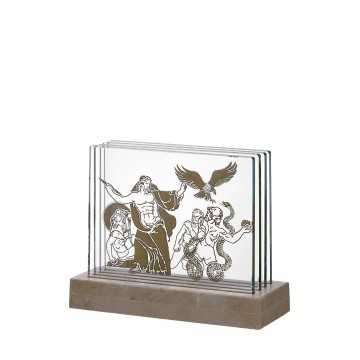Pasabahce - Star Stone Object
Paşabahçe Anatolian Civilizations Collections Urartu Vase
Reference: TF-GIFT-AND-07
- Write a review
Paşabahçe Anatolian Civilizations Collections Kargamış Urartu Vase
The state of Urartu, an ancient nation that lived in Eastern Anatolia, was dominating in the area stretching from the Caspian Sea to Malatya in its heyday (9th century BC). The northern borders of the state, whose capital was Tushpa (Van), extended to Erzurum and Erzincan, and its southern borders to Mosul and Aleppo.
Urartians BC. They lived as one of the largest states of the Near East until the 8th century. In the middle of this century, they were shaken by the Cimmerian and Scythian raids and stuck in the mountainous regions. After the invasion of Scythians and the disappearance of the Assyrian State in the 7th century, the Urartu State, after the Medes took over Anatolia, BC. It ended in 600 years. As it is understood from the inscriptions that have survived to the present day, the Urartian kings had castles, palaces and water channels built in the capital Tuspa and other cities. The metal objects, utensils, stones, ceramics and various artifacts unearthed during the excavations show that the Urartian State was at an advanced level in terms of architecture, art and technique.
Urartian Sarcophagus Vase, exhibited in the Museum of Anatolian Civilizations, BC. It was inspired by an Urartian sarcophagus dating to the 7th century. The meeting scene of Haldi and Teişeba, two of the most important gods of the Urartians, is depicted on the vase. The Urartian Sarcophagus Vase is produced from handmade cream opal glass, all of the relief patterns on it are decorated by hand using gold gilding and antiquated paints.
Production quantity is limited to 2,000.
Width : 19 cm
Height : 30.5 cm
It is 100% handmade.
Product Origin : Turkey
Cleaning Suggestion: Wipe with dry cloth

